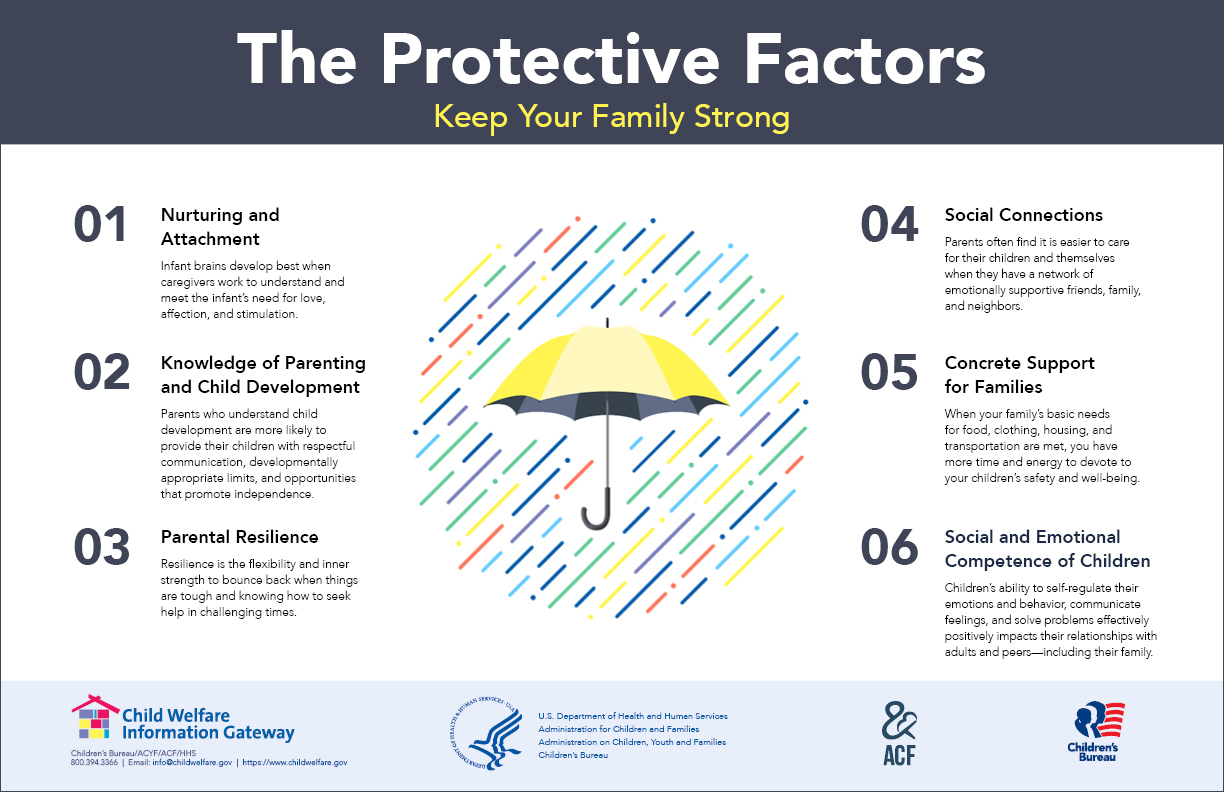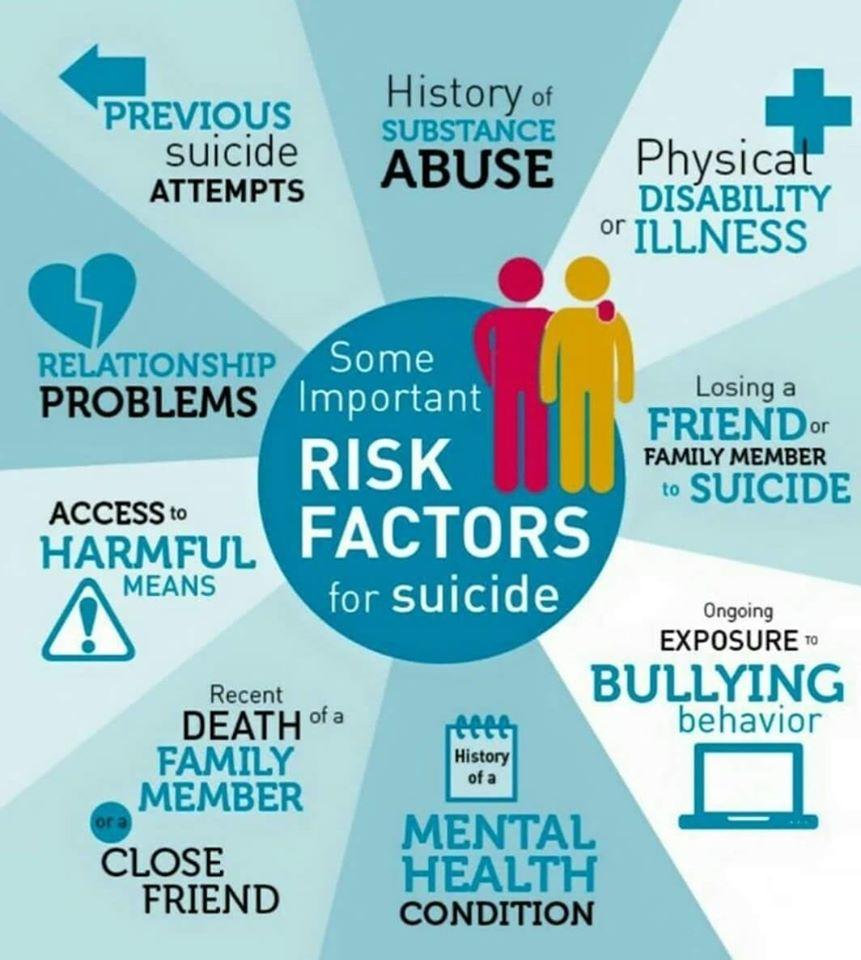Critical Incident Review Teams
The Oregon Department of Human Services (ODHS) conducts extensive reviews any time a child dies as the result of abuse or neglect when the child was in ODHS custody, or the child, siblings or other children in the household had contact with ODHS Child Welfare within 12 months of the fatality. Reviews are conducted by a Critical Incident Review Team (CIRT). The team focuses on identifying whether any systemic issues contributed to the fatality, and if so, how they can be corrected to
prevent future fatalities.
The CIRT process is defined in Oregon law (ORS 418.806 to 418.816), as amended in 2019 under Senate Bill 832. The 2019 amendment directs ODHS to publish certain information online immediately after assigning a Critical Incident Review Team. You can find that information in the CIRT dashboard. In addition, below you can find all CIRT final reports since the process was created in 2004.
CIRT dashboardCIRT final reportsPrevention efforts
CIRT final reports
Prevention efforts
The reports created during CIRT reviews are an important and unique tool to help increase child safety in Oregon. By rapidly identifying systems issues, we can focus prevention efforts where they are most needed. Suicide, chronic neglect and safe sleep have been identified as systemic issues that impact the safety and well-being of children in Oregon who come into contact with Child Welfare. Many child fatalities reviewed by ODHS in recent years have been related to neglect and parental substance use. Efforts are underway to establish consistent and up-to-date education and support for caseworkers when assessing and offering services to families where substance use is identified as a concern.
Learn about these issues and our prevention efforts.
Background
On average, child neglect has contributed to just under 75 percent of abuse-related fatalities in Oregon and nationwide over the last five years. In many cases the family had several child welfare contacts over the years and patterns of neglect could be identified through critical incident reviews. Engaging child welfare professionals and partner organizations to better understand and respond to neglect is critical work toward prevention of child fatalities.
What we're doing
Workforce development
Enhanced training about child neglect occurs at two levels in ODHS Child Welfare.
Level 1 training
- A 90-minute overview of chronic neglect, the impacts to children and intervention strategies with families.
- Offered on-demand in local offices.
Level 2 training
- Two-day advanced training developed in partnership with the Butler Institute for Families (University of Denver Graduate School of Social Work).
- Uses problem-based learning that compels learners to explore how their own life experiences influence perceptions of neglect and decision-making. Participants are introduced to the decision-making ecology and the socio-ecological framework, both of which help identify how bias and systemic oppression, including racism, play a role in the ways systems respond to families and how families access support and resources in their communities.
- Child welfare consultants are trained as trainers in this advanced curriculum and deliver training to child welfare professionals.
Community engagement
Virtual cohorts
Child Welfare's Child Fatality Prevention and Review Program is exploring a virtual cohort model to engage communities in conversations about neglect prevention, using a toolkit from the Children's Trust Fund Alliance.
The toolkit is intended to enhance community understanding about:
- The indicators and impacts of neglect
- The role protective factors play in long-term safety, well-being and abuse prevention
Protective factors framework
In the fall of 2020, the Child Fatality Prevention and Review Program began reaching out to community organizations to gather information about how they may be embedding the
protective factors framework into their approaches with families.
Protective factors are conditions or attributes of individuals, families, communities, or the larger society that reduce risk and promote healthy development and well-being of children and families.
Understanding how the protective factors are cultivated across communities in Oregon can help Child Welfare form more meaningful and successful partnerships on behalf of children and families, perhaps even before families come to the attention of Child Welfare.
Resources
- Protective Factors Framework
The U.S. Department of Health & Human Services Children's Bureau uses the protective factors framework adapted from the Strengthening Families framework, developed by the Center for the Study of Social Policy.

Infographic text: Protective factors include nurturing and attachment, knowledge of parenting and child development, parental resilience, social connections, concrete support for families, and social and emotional competence of children.
Background
Safe sleep practices are critical in preventing child fatalities. Families need clear and consistent messaging about safe sleep practices from the family serving systems they interact with. Of the 29 child fatalities reviewed by CIRT in 2019, 17 were infants. About 82 percent of these cases had high risk sleep practices.
What we're doing
Safe sleep self-study training
To help establish consistent messaging about safe sleep, the Child Welfare Division partnered with numerous family serving organizations and individuals to develop a
Safe Sleep Self-Study Training for Oregon family serving professionals.
This training is an opportunity for professionals working with parents and caregivers to learn about safe sleep practices, learn how to reduce risk and learn about their important role in supporting families to reduce risk to their infants.
Ongoing training and collaboration
To prepare child welfare professionals to support families who are caring for infants, Child Welfare's plan includes:
- Self-study trainings tailored to a child welfare professional's role
- Opportunities to practice having safe sleep conversations with families alongside community partners
- Access to tangible resources
- Collaborating with other state agencies and community partners to ensure consistent messaging for families
Training objectives for child welfare professionals:
- Explore how their own experiences and preferences about sleep interact with the recommendations for safe sleep practices for infants.
- Understand their responsibilities around safe sleep as a child welfare professional.
- Understand sleep related risks.
- Understand what actions increase and decrease sleep related risks.
- Understand how to have conversations about safe sleep practices with parents and caregivers.
Resources
Flyer text: What does a safe sleep environment look like? Room share: give babies their own sleep space in your room, separate from your bed. Use a firm, flat and level sleep surface, covered only by a fitted sheet. Remove everything from baby's sleep area, except a fitted sheet to cover the mattress. No objects, toys or other items. Use a wearable blanket to keep baby warm without blankets in the sleep area. Make sure baby's head and face stay uncovered during sleep. Place babies on their backs to sleep, for naps and at night. Couches and armchairs are not safe for baby to sleep on alone, with people or with pets. Keep baby's surroundings smoke and vape free.
Background
The Critical Incident Review Team process identified the high number of suicides among children and young adults as an issue Child Welfare has a role in addressing.
What we're doing
Expanding suicide awareness and prevention efforts
Child Welfare's Child Fatality Prevention and Review Program collaboration with Oregon Health Authority (OHA) and the ODHS Occupational Health, Safety and Emergency Management Unit (OHSE) has resulted in several advancements in suicide prevention efforts including:
- ODHS was awarded the Garrett Lee Smith Grant which provided funding to train ODHS employees and community partners with computer-based training developed by QPR Institute. QPR stands for Question, Persuade and Refer and is a practical and proven suicide prevention training that is internationally recognized. Additionally, over 100 Child Welfare staff have been trained as QPR trainers and are encouraged to provide in-person trainings to community members including medical providers at child advocacy centers and local law enforcement.
- OHSE has created an internal webpage that offers resources and supportive services for ODHS staff.
- Collaborating with OHA to offer suicide prevention training for foster parents and join community efforts for postvention response.
- Evaluating data to help identify higher-risk populations and target response efforts.
Resources

Infographic text: Some important risk factors for suicide include: previous suicide attempts, history of substance abuse, physical disability or illness, losing a friend or family member to suicide, ongoing exposure to bullying behavior, mental health condition, recent death of a family member or close friend, access to harmful means, and relationship problems.
More information
For more information about child fatality prevention, visit the Oregon Health Authority website: Oregon Child Death Review and Prevention.